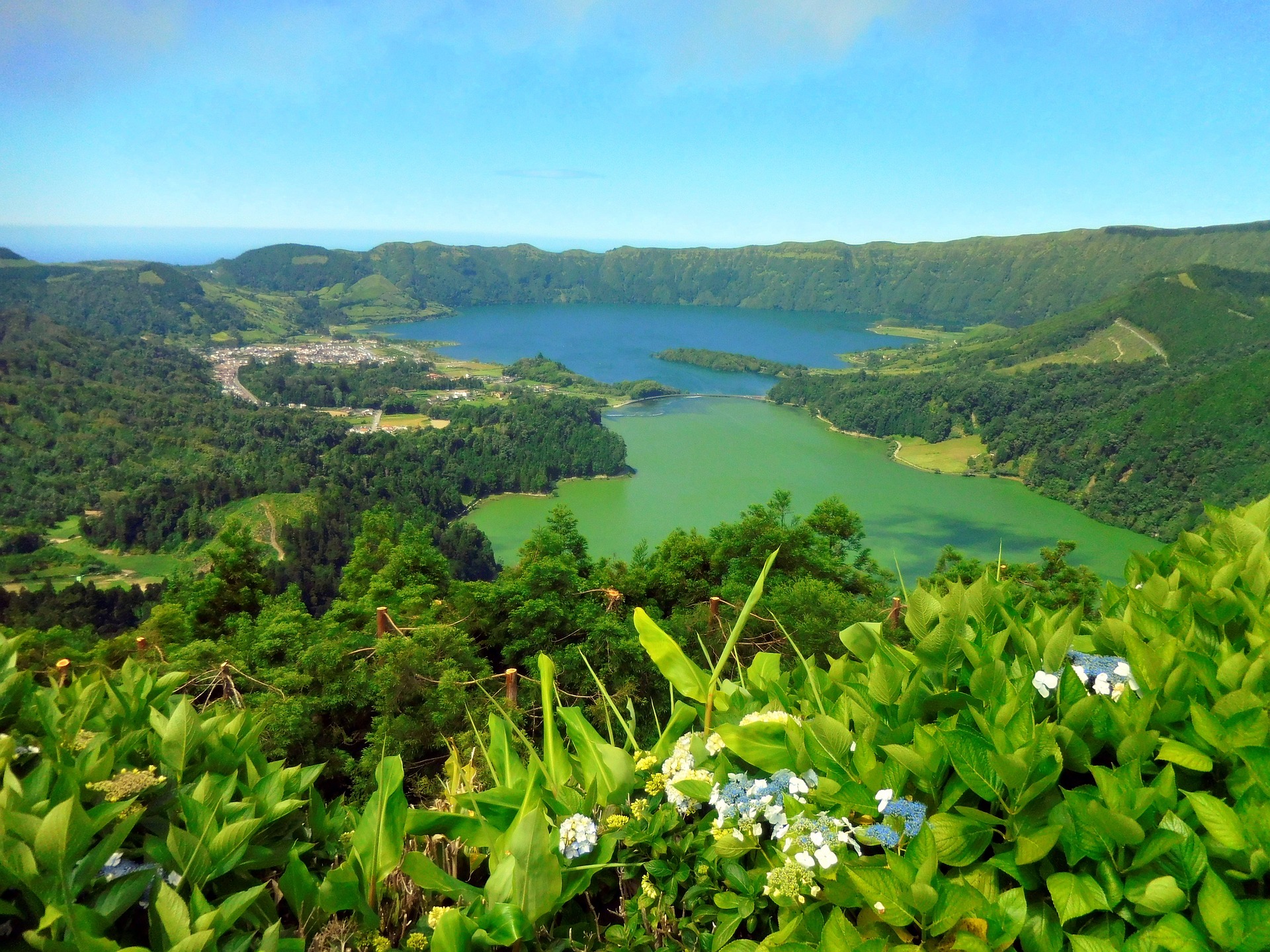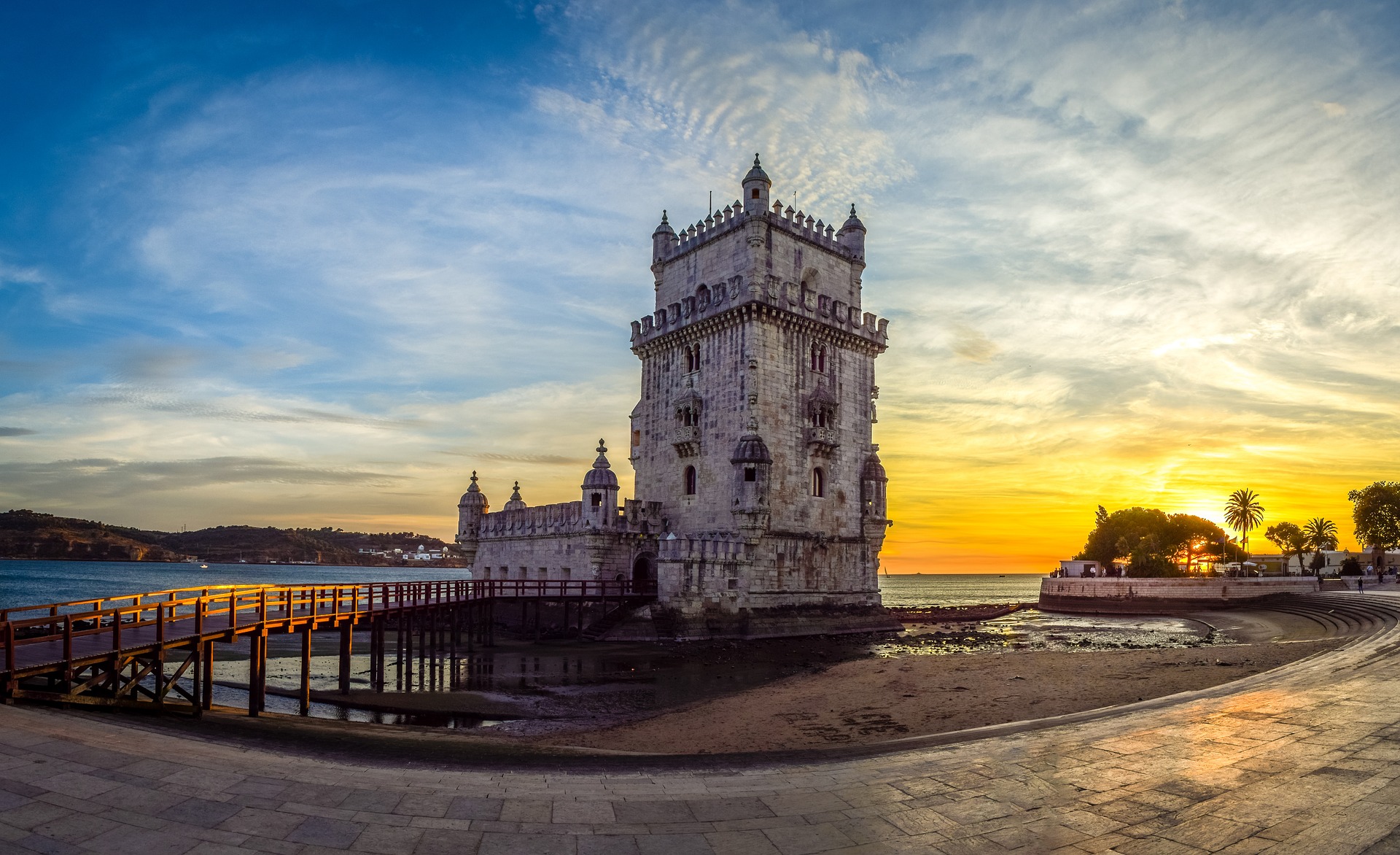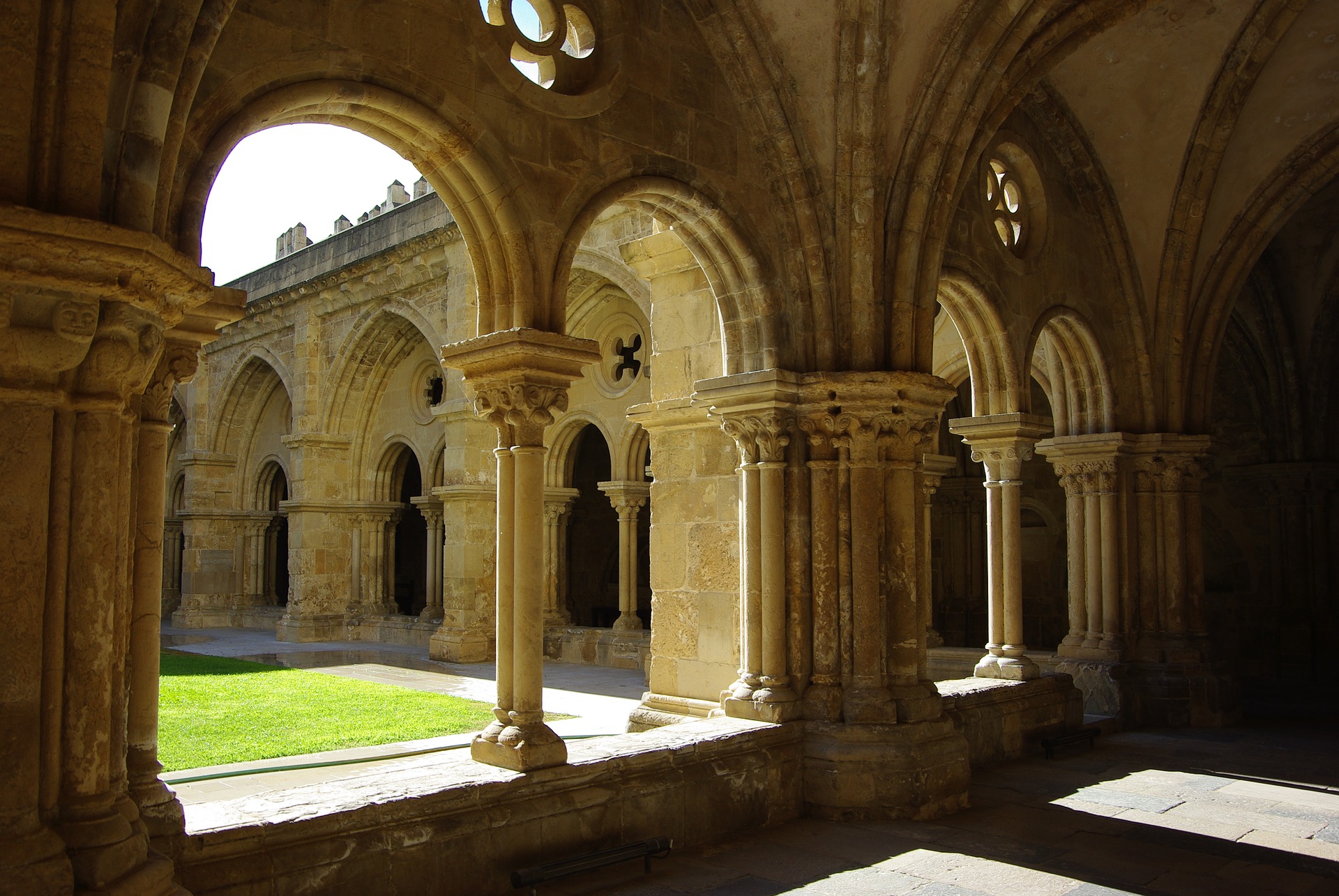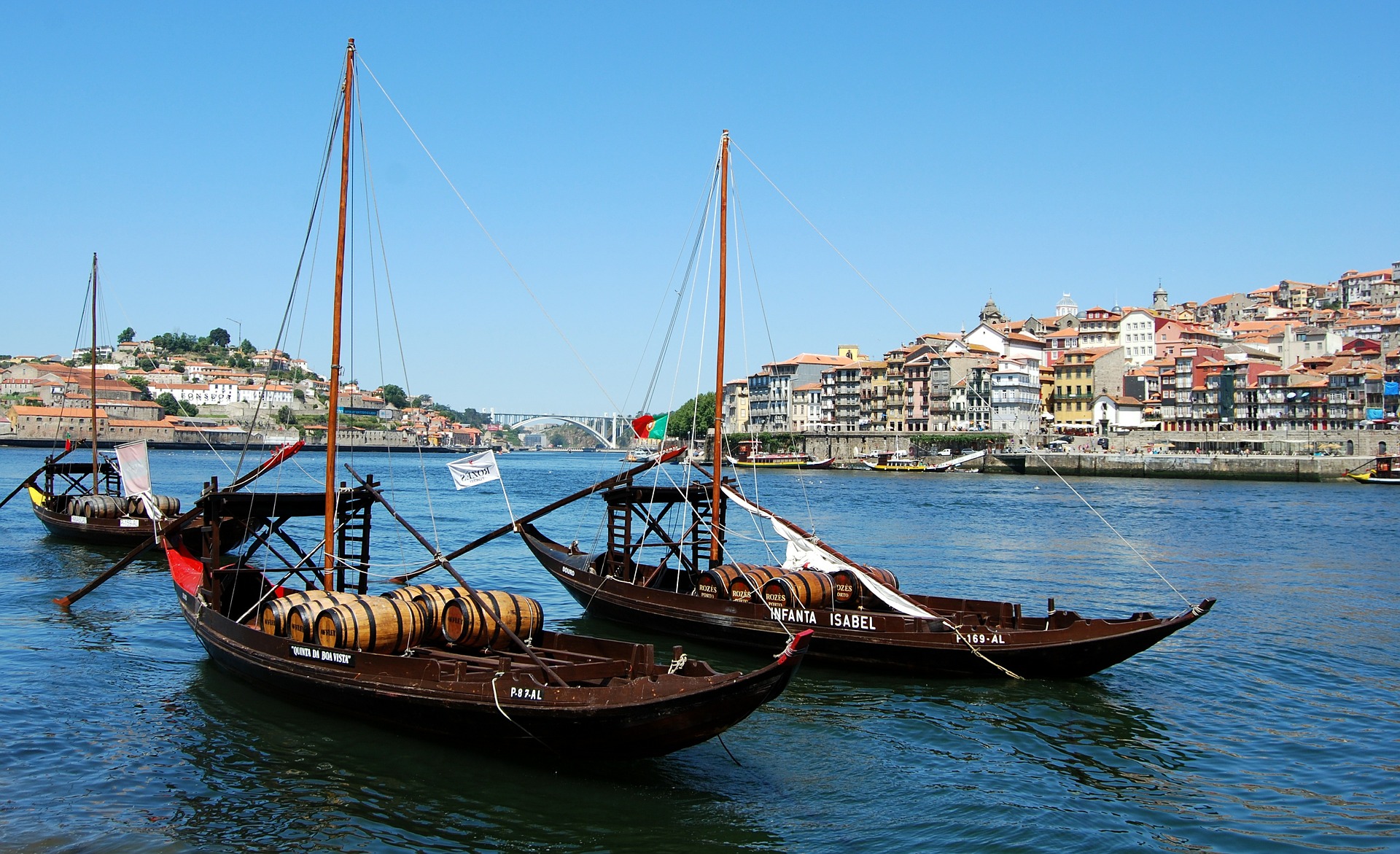Madeira
The archipelago is just under 400 kilometres (250 mi) north of Tenerife, Canary Islands. Since 1976, the archipelago has been one of the two Autonomous regions of Portugal, It includes the islands of Madeira, Porto Santo, and the Desertas, administered together with the separate archipelago of the Savage Islands. Madeira was claimed by Portuguese sailors in the service of Prince Henry the Navigator in 1419 and settled after 1420. The archipelago is considered to be the first territorial discovery of
Azores
With almost six centuries of continuous human presence, the Azores gained an important place in the History of Portugal and in the history of the Atlantic: they formed a scale for the expeditions of the Discoveries and for ships of the so-called “ Caminhos of India”, contributed to the conquest and maintenance of Portuguese squares in North Africa. Between Lisbon and New York, the weather is mild but definetly unstable. Atlantic fringes barrel in, shafts of rays of sunshine and large
Algarve
Populated since prehistoric times, the place where it is today Albufeira was an important fishing and port center, according to references that go back to the neolithic and the age of the bronze period. Several people passed through the town, among them the Romans who named it Baltum and later the Arabs who gave it the name Al-buhera, or "castle of the sea" and which gave rise to the present toponym of the city. Albufeira was one of the Algarve centers that
Alentejo
Arraiolos has a diverse heritage, which reveals the multiplicity and diversity of people who inhabited this region, influencing the built heritage, intangible heritage and craftsmanship of this typically Alentejo village. Its Castle is probably the most famous monument in the village, one of the only circular castles in the world. The Church of the Misericordia of Arraiolos, located in the historical center of the village, on the well-known "Rua dos Tapetes", presents a great simplicity in the exterior, plus a
Lisbon Region
The human occupation of the present area of the city of Almeirim is very old. It will have been the proximity of the Tejo river and natural wealth that will have contributed to the installation of men in this region. There are traces of human presence from prehistory to Roman times throughout the Tejo valley. Examples of the human presence in the city are the epipaleolithic of the “Fonte da Moça” valley, the recently identified milestones belonging to the roman
Central Portugal
A region of fertile and fruit producing land has transformed this area over the centuries into the most important region of the country. The history of the city of Alcobaça and its contemporary life are strongly linked to the presence of the Order of Cister for more than 600 years, which, by donation of the first king of Portugal, Afonso Henriques, builds at the confluence of the Alcoa and Baça rivers, ( from which derives its name), one of the largest
Oporto & North
Amarante has a secular occupation, once center of confluence for the roman roads, delimited by the Tâmega River and Serra do Marão, that also served, as a meal, substantial dishes to the weary travelers, fertilized and nourished the spirit of figures such as Teixeira de Pascoaes and Amadeo de Souza-Cardoso, and developed rich traditions based on the dichotomy, always present, between the religious and the profane. But Amarante probably had its origin in the primitive civilizations that occupied the “Serra da











